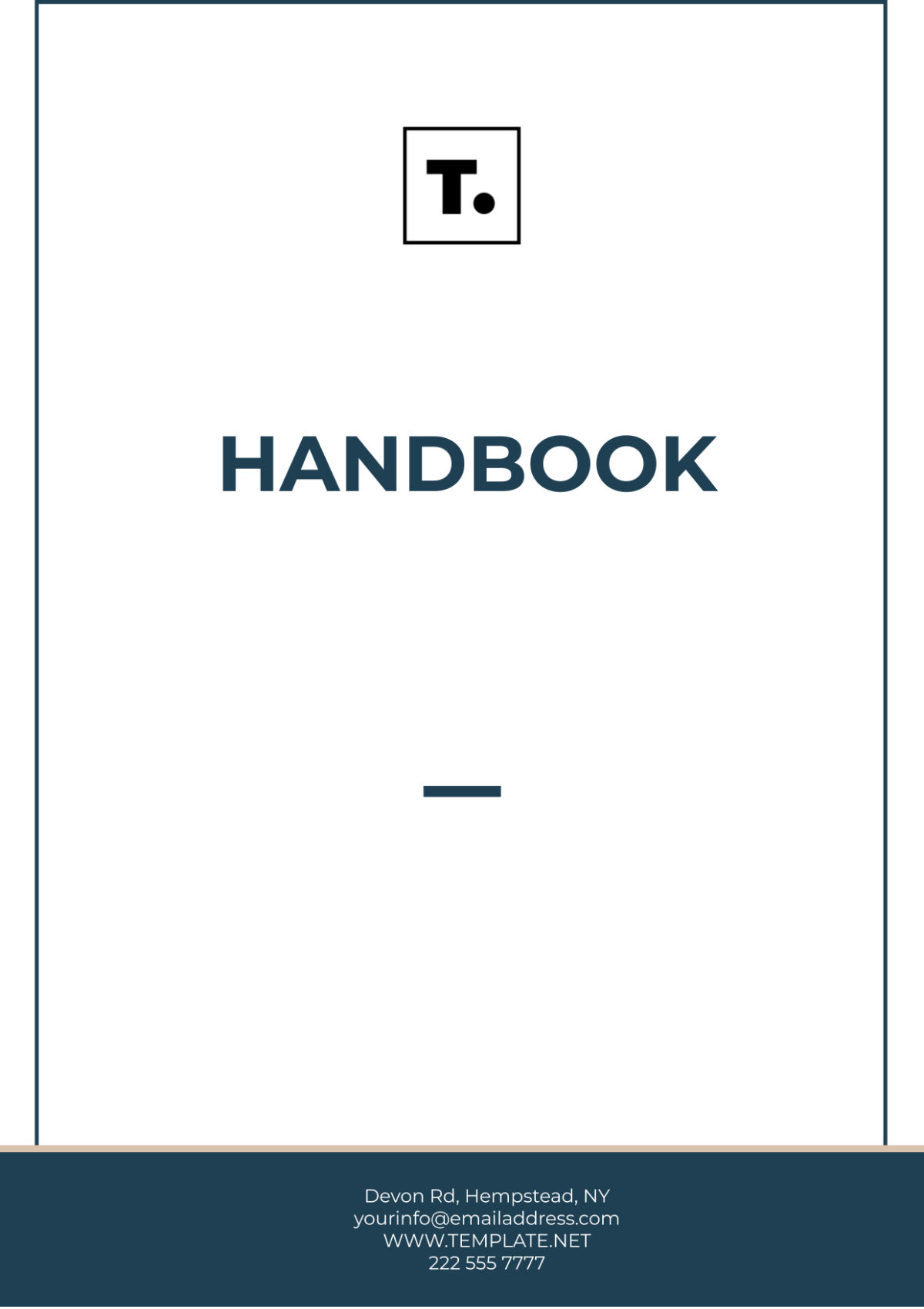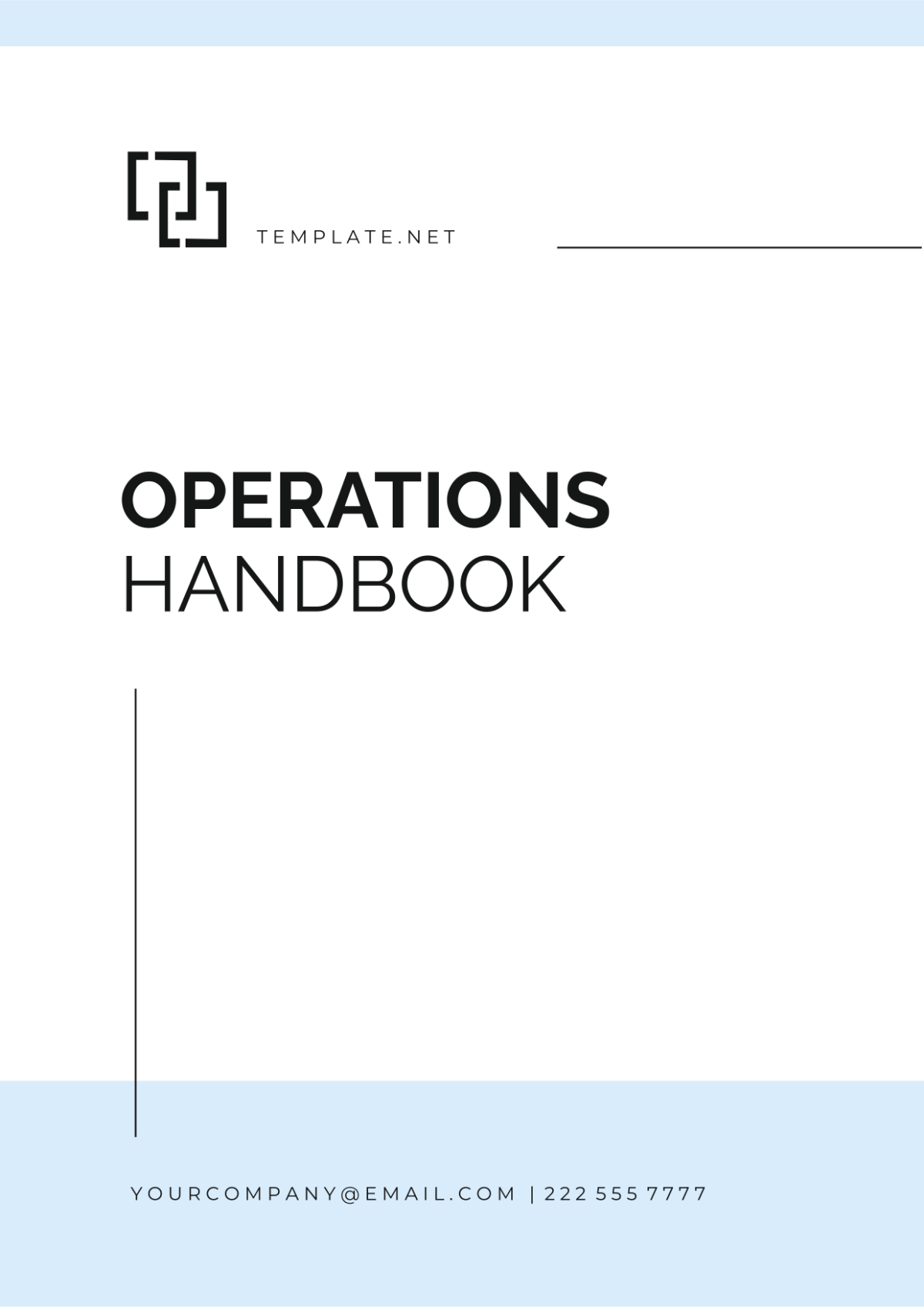Free Car Wash Business Operations Handbook Outline

- 100% Customizable, free editor
- Access 1 Million+ Templates, photo’s & graphics
- Download or share as a template
- Click and replace photos, graphics, text, backgrounds
- Resize, crop, AI write & more
- Access advanced editor
Streamline your business operations with Template.net's customizable and editable Car Wash Business Operations Handbook Outline Template. Use the Ai Editor Tool to adapt this template to your specific needs. Provide clear guidelines and procedures for your team, ensuring consistent and efficient operations within your car wash business.
You may also like
Car Wash Business Operations Handbook Outline
I. Introduction
(This Car Wash Business Operations Handbook provides comprehensive guidelines and procedures for ensuring efficient and high-quality service at [Your Company Name]. It covers all aspects of operations, including employee responsibilities, customer service protocols, maintenance schedules, and safety measures.)
A. Purpose
(The Purpose section explains the handbook’s role in standardizing operations and ensuring consistent service quality. It aims to provide clear guidelines for all employees.)
B. Company Mission and Values
(This subsection provides a detailed description of the mission and core values of [Your Company Name]. It emphasizes the company's commitment to ensuring customer satisfaction, upholding environmental responsibility, and consistently delivering service excellence.)
C. Scope
(The Scope section provides an extensive definition of the handbook's coverage, elaborating on every operational facet of the car wash business. It meticulously details everything from the daily routines to the long-term strategies, ensuring a comprehensive understanding of all aspects involved in running and managing a car wash enterprise. This exhaustive delineation encompasses the broad spectrum of activities, procedures, and planning essential for both the day-to-day operations and the strategic initiatives required for sustained success and growth in the car wash industry.)
II. Organizational Structure
A. Management Team
(Describes the roles and responsibilities of the management team, including the General Manager, Operations Manager, and Supervisors.)
B. Staff Roles
(This section provides a comprehensive explanation of the varied staff roles within the company. It outlines the tasks and responsibilities of different positions, including but not limited to car wash attendants, who are tasked with cleaning and detailing vehicles; maintenance personnel, who are responsible for ensuring that all equipment and facilities are functioning properly and efficiently; and customer service representatives, who handle interactions with clients, addressing their inquiries and concerns to ensure a satisfactory experience.)
C. Communication Channels
(This section provides a comprehensive explanation of the various communication channels and protocols that are to be utilized by both staff and management. The purpose of these guidelines is to ensure that there is an efficient flow of information and that decision-making processes are streamlined and effective.)
III. Operations and Procedures
A. Daily Operations
(Outlines daily operational procedures, including opening and closing routines, cash handling, and customer service protocols.)
B. Equipment Use and Maintenance
(Provides guidelines on the proper use and maintenance of car wash equipment to ensure longevity and prevent breakdowns.)
C. Service Standards
(Describes standards for each type of service offered, such as basic wash, premium wash, and detailing services, ensuring consistent quality.)
IV. Customer Service
A. Customer Interaction
(This section provides an in-depth description of the protocols for engaging with customers. It covers various aspects of interaction, such as the process of greeting customers upon their arrival, clearly explaining the services that are being offered to them, and effectively addressing any complaints or issues that they may have regarding the service.)
B. Service Recovery
(This outlines procedures for addressing and resolving customer complaints to maintain high customer satisfaction for [Your Company Name].)
C. Loyalty Programs
(Describes any customer loyalty programs or promotional offers designed to encourage repeat business and customer retention.)
V. Health and Safety
A. Employee Safety
(Provides safety guidelines and protocols for employees to prevent workplace accidents and injuries.)
B. Customer Safety
(Details measures to ensure customer safety while on the premises, including signage and safe waiting areas.)
C. Emergency Procedures
(This outlines emergency procedures for various scenarios that could happen to [Your Company Name], such as fires, equipment malfunctions, and medical emergencies.)
VI. Environmental Practices
A. Water Conservation
(Describes practices for conserving water, including the use of water-efficient equipment and recycling systems.)
B. Chemical Use and Disposal
(Outlines proper use and disposal of chemicals to minimize environmental impact and comply with regulations.)
C. Waste Management
(Details waste management procedures, including recycling and proper disposal of waste materials.)
VII. Employee Policies
A. Code of Conduct
(Defines the expected behavior and professionalism standards for all employees of [Your Company Name].)
B. Training and Development
(Describes the training programs and professional development opportunities available to employees.)
C. Attendance and Punctuality
(This section outlines attendance and punctuality expectations, including procedures for reporting absences and lateness for employees of [Your Company Name].)
VIII. Financial Management
A. Budgeting
(Provides guidelines for budgeting and financial planning to ensure the profitability and sustainability of the business.)
B. Financial Reporting
(Details the procedures for financial reporting, including tracking sales, expenses, and profitability.)
C. Cost Control
(Provides a detailed overview of various approaches and techniques aimed at managing and reducing expenses, while simultaneously enhancing productivity and operational effectiveness.)
IX. Marketing and Promotion
A. Branding
(Describes the company’s branding strategy, including logo usage, brand messaging, and promotional materials.)
B. Advertising
(This section provides a detailed overview of various advertising strategies and the channels employed to attract new customers and retain existing ones. It delves into the methodologies and approaches taken to effectively reach out to potential consumers, as well as the tactics implemented to ensure current clients' ongoing loyalty and satisfaction. It explores how these advertising efforts are meticulously planned and executed with the primary goal of enhancing customer engagement and fostering lasting relationships with the brand.)
C. Community Engagement
(Details community engagement activities and partnerships to enhance the company’s reputation and customer base.)
X. Performance Monitoring
A. Key Performance Indicators (KPIs)
(Defines the KPIs used to measure operational and financial performance.)
B. Customer Feedback
(This section provides a detailed description of various strategies and techniques for gathering and examining customer feedback, with the primary goal of enhancing the overall quality of the services offered.)
C. Continuous Improvement
(This section outlines the various ongoing improvement processes that have been implemented to refine and elevate both operational efficiency and customer satisfaction continually. It delves into the systematic approaches and methodologies used to identify, analyze, and address areas needing enhancement, ensuring that all aspects of the operations are optimized. Additionally, it highlights how these continuous efforts contribute to providing an ever-improving experience for the customers, ultimately leading to higher levels of customer contentment and loyalty.)





























